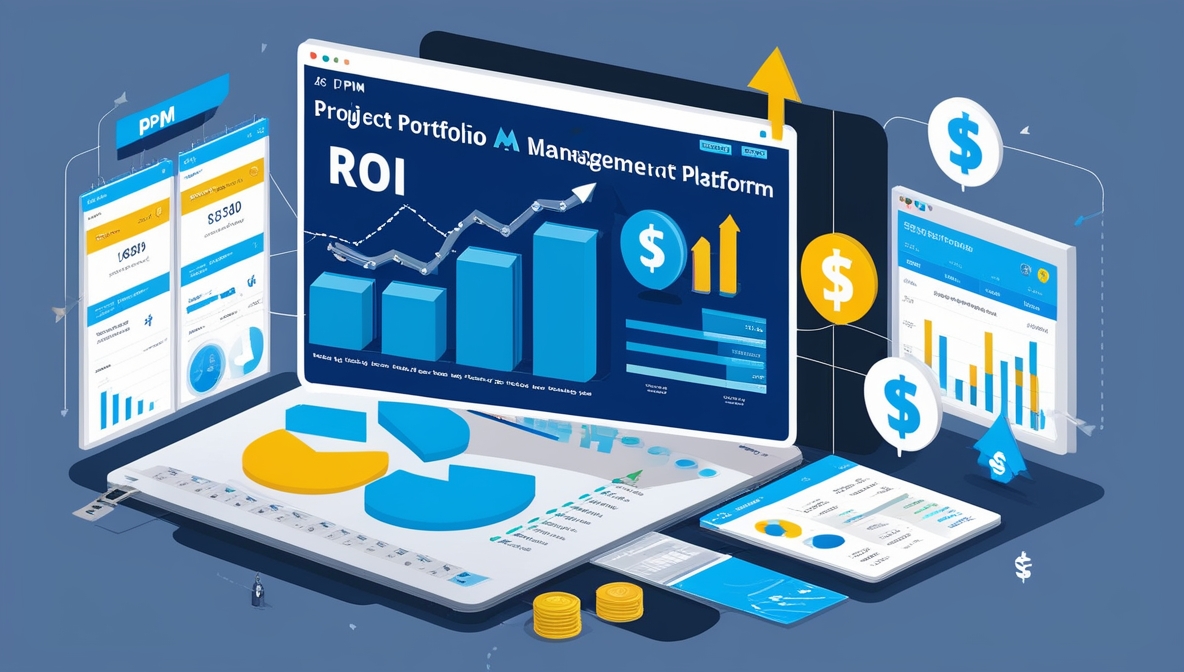Project Portfolio Management Trends
This research explored the state of Project Portfolio Management (PPM), and emerging trends in its practice. Excellent resource for a CIO to understand what other organizations are doing in PPM, how they have implemented it, where is the discipline headed, and what are some practices that might produce better outcomes.
